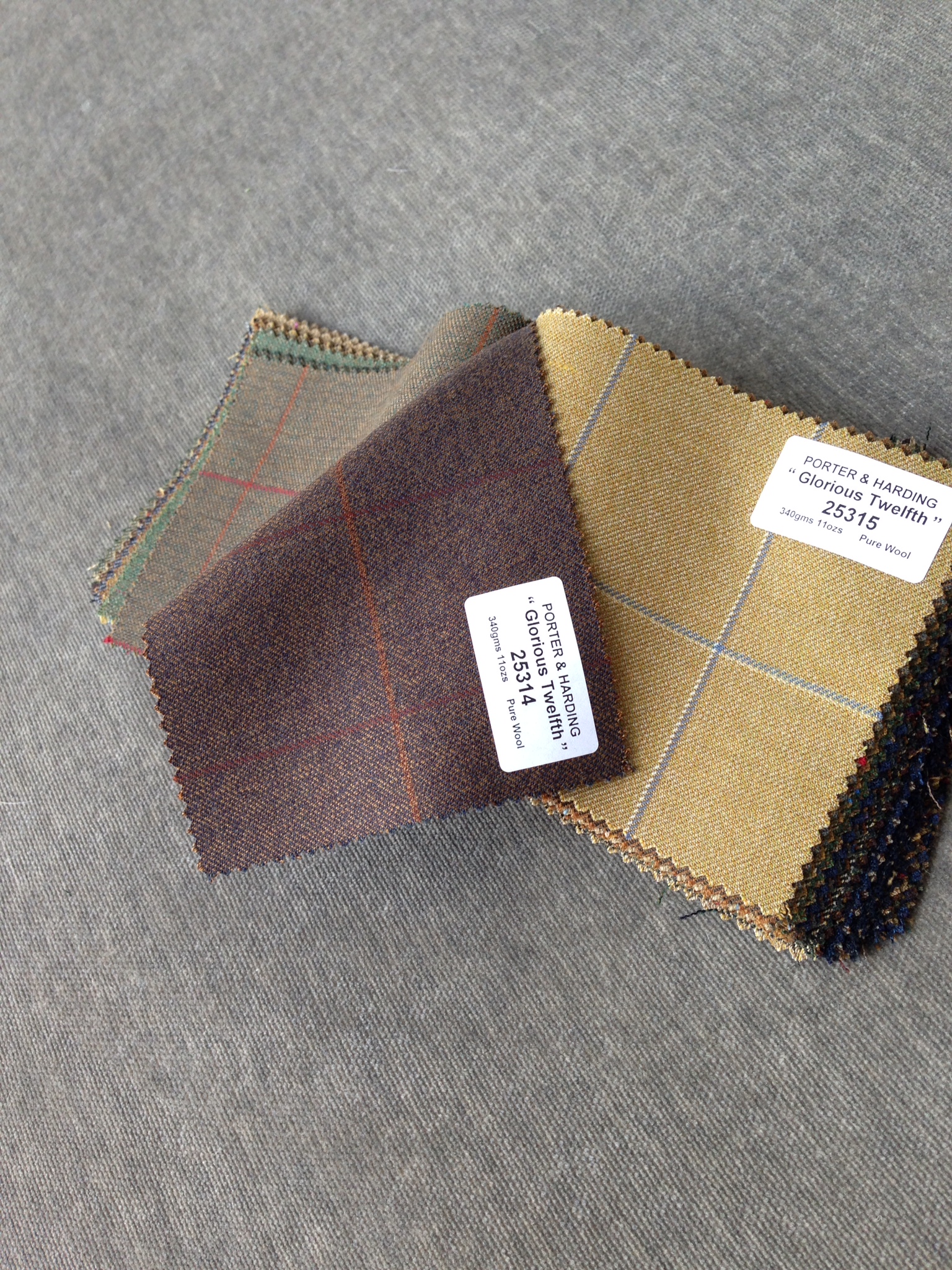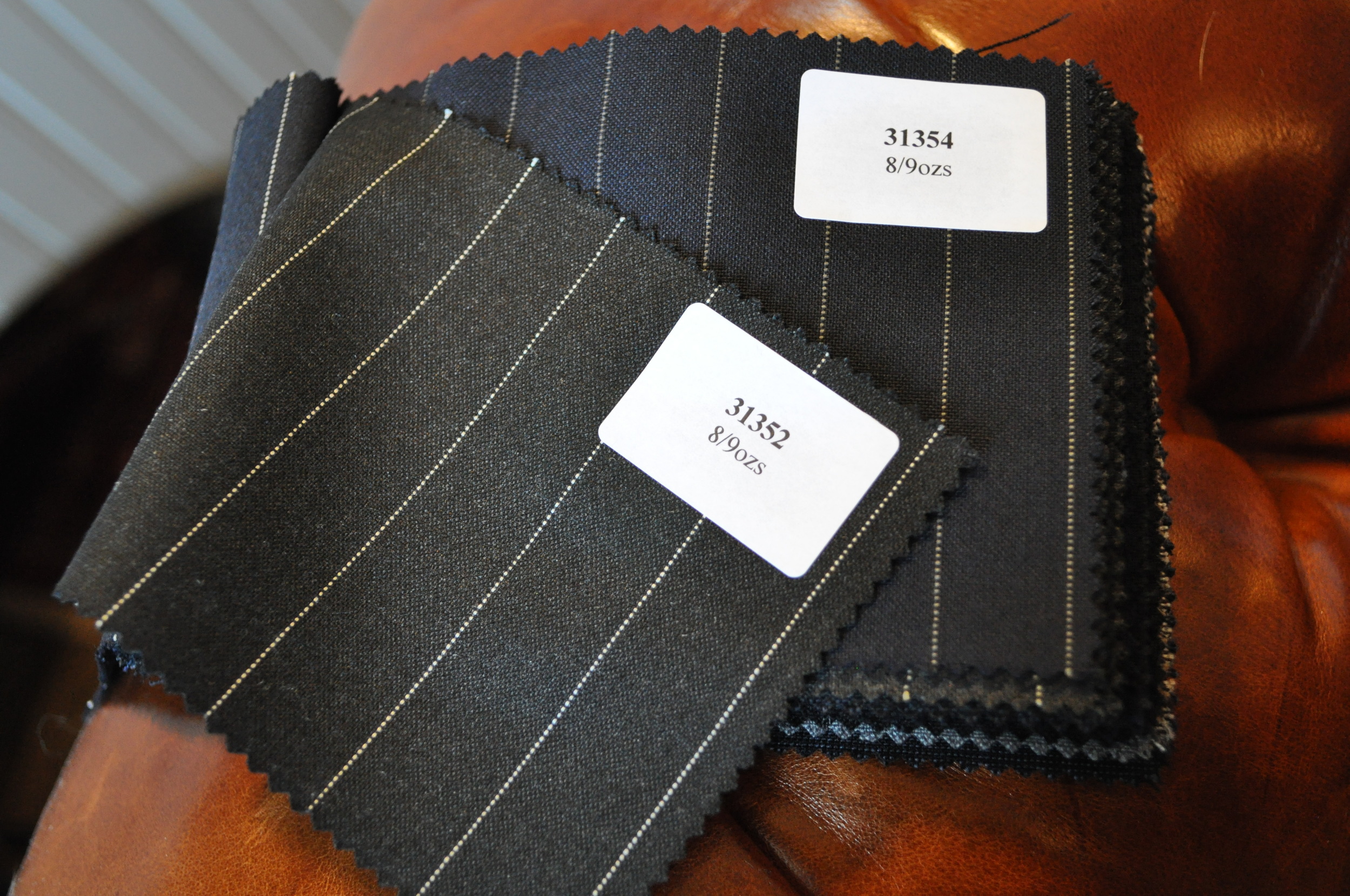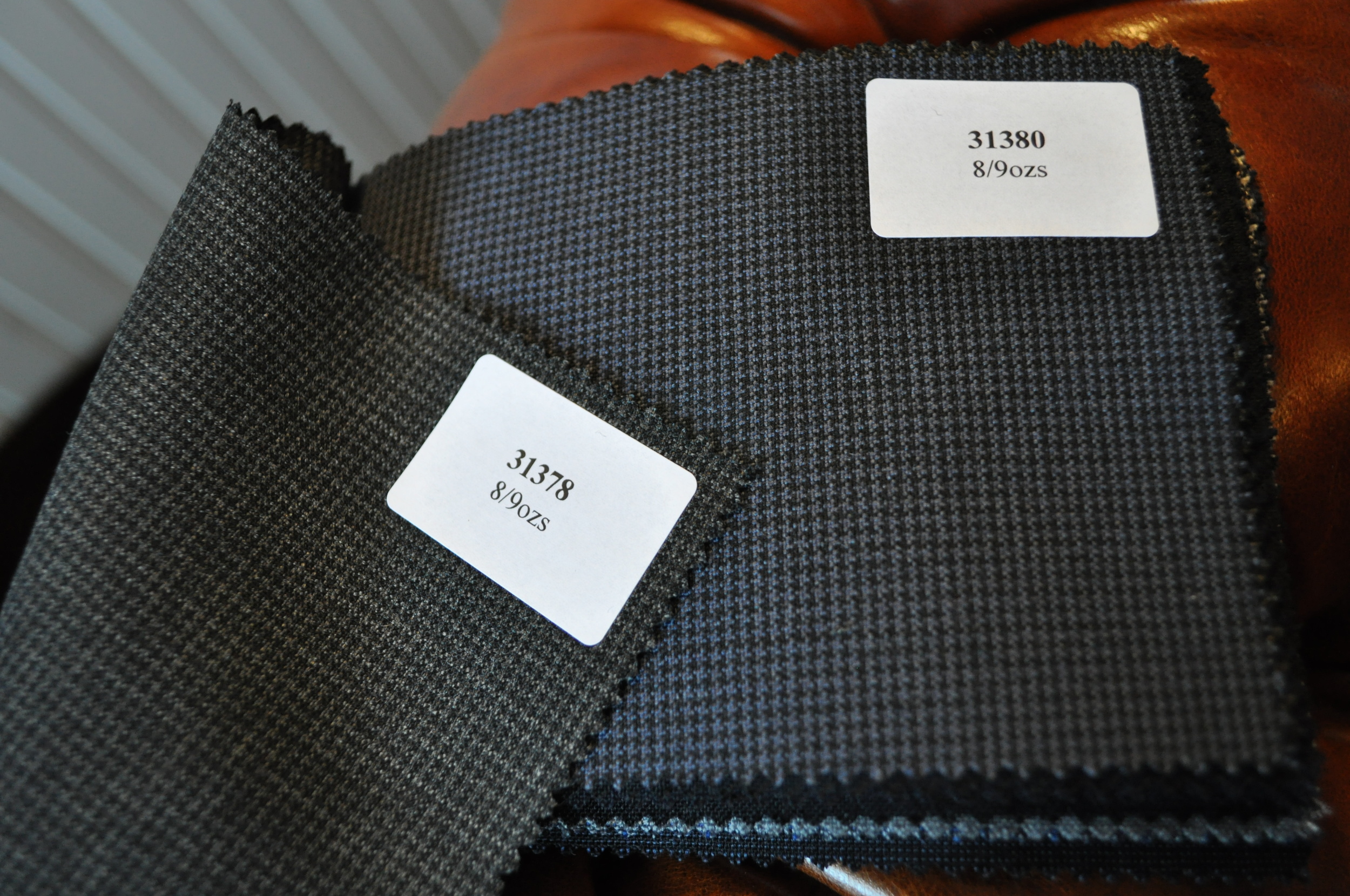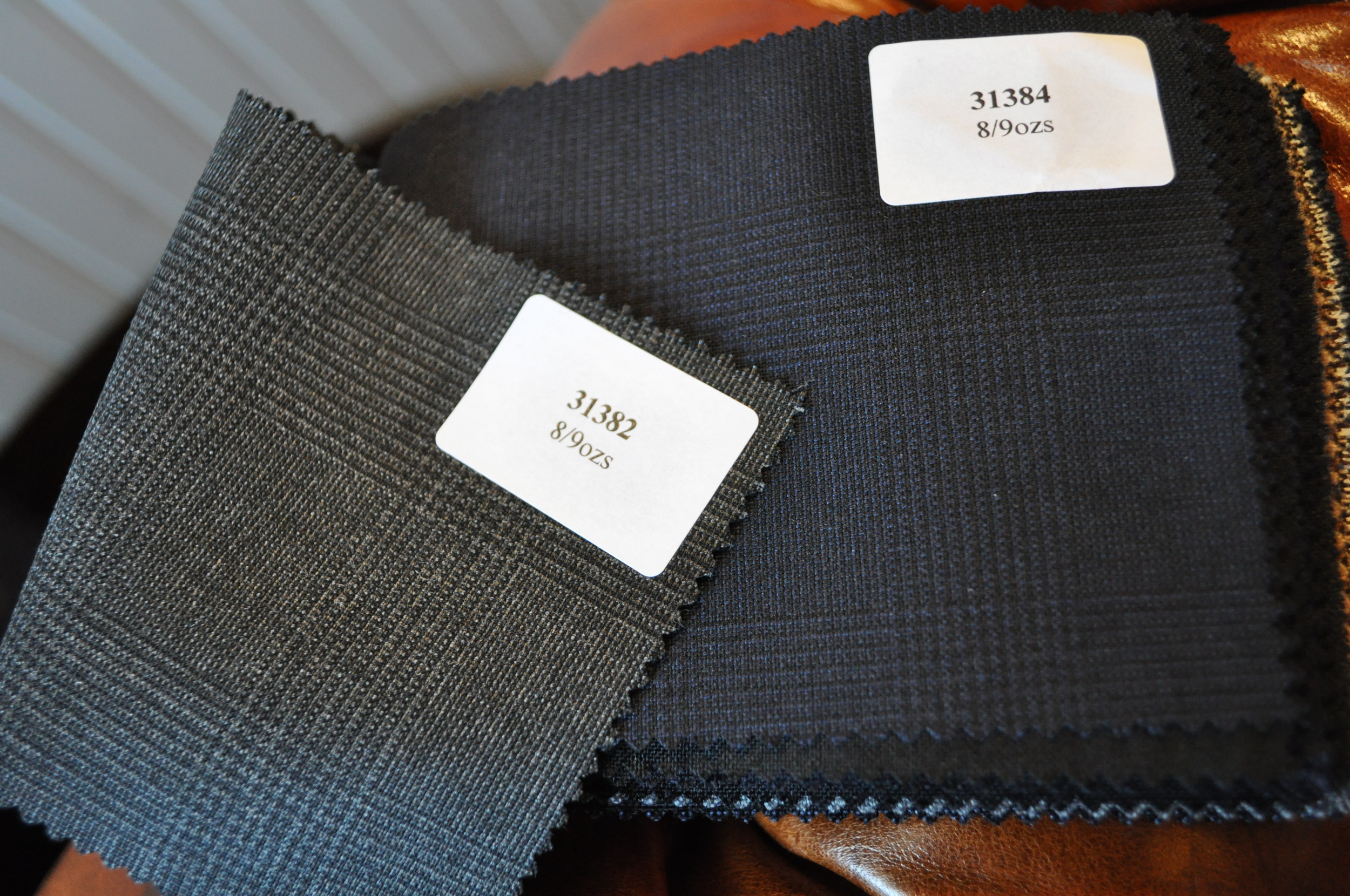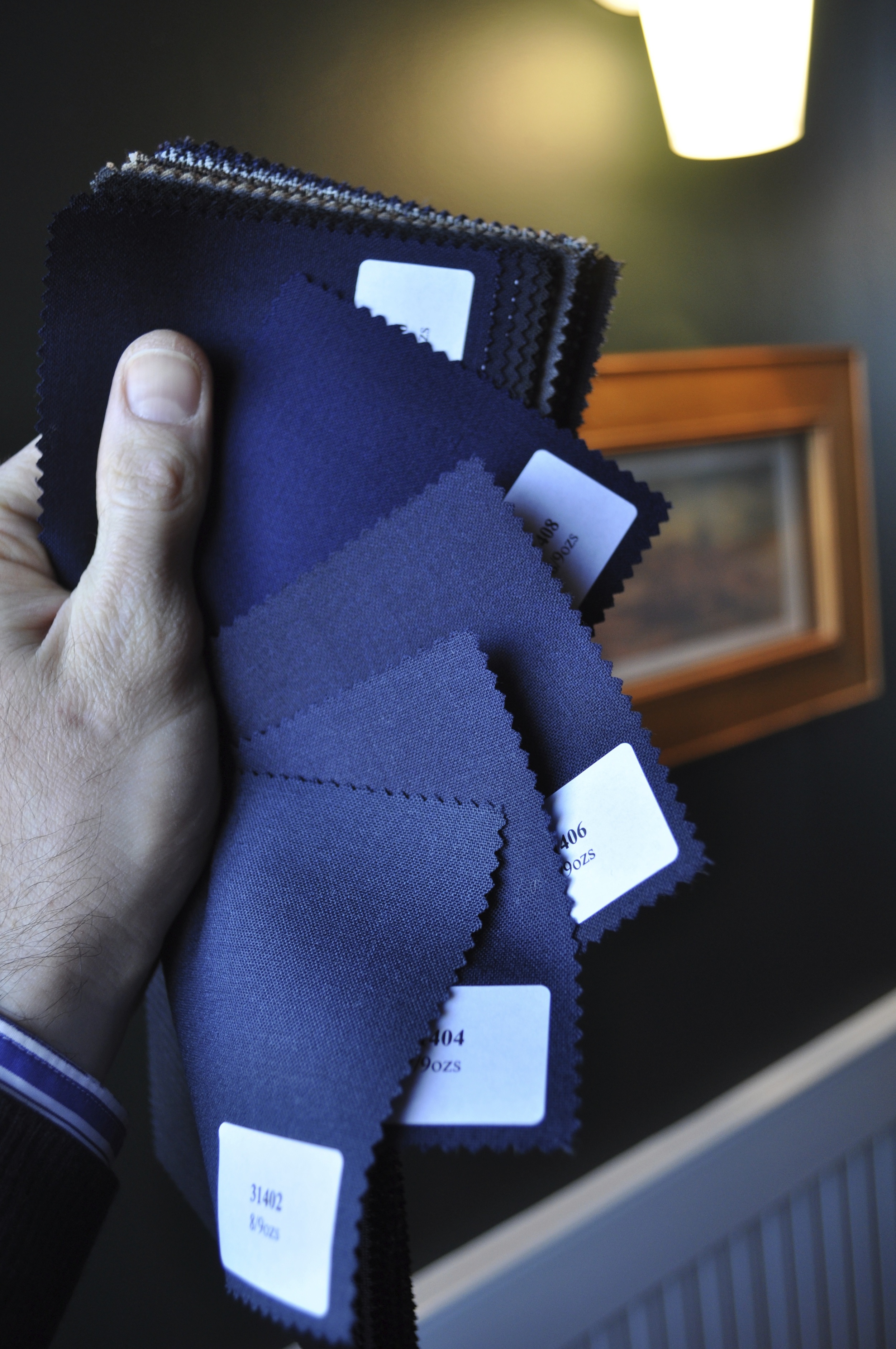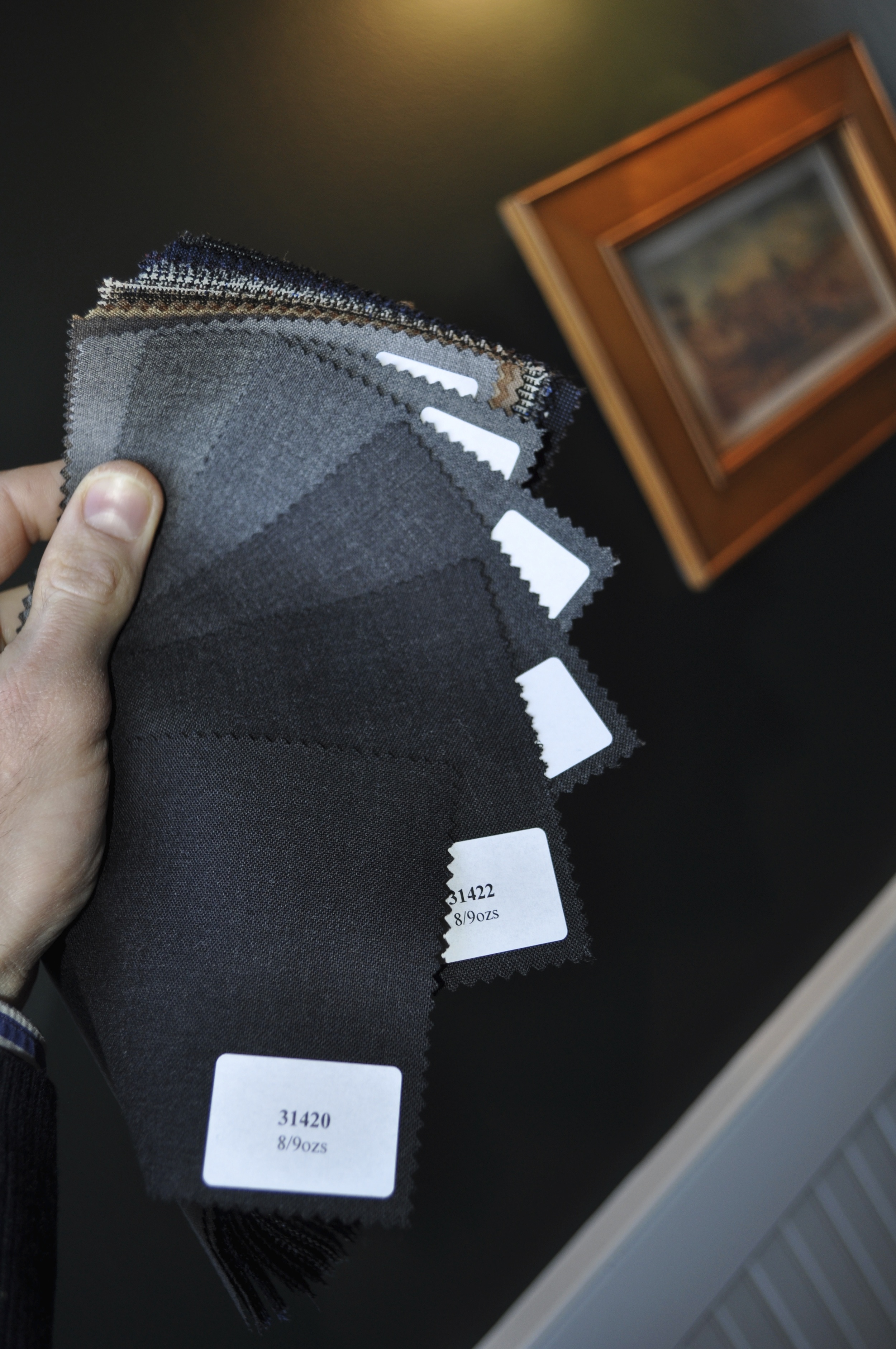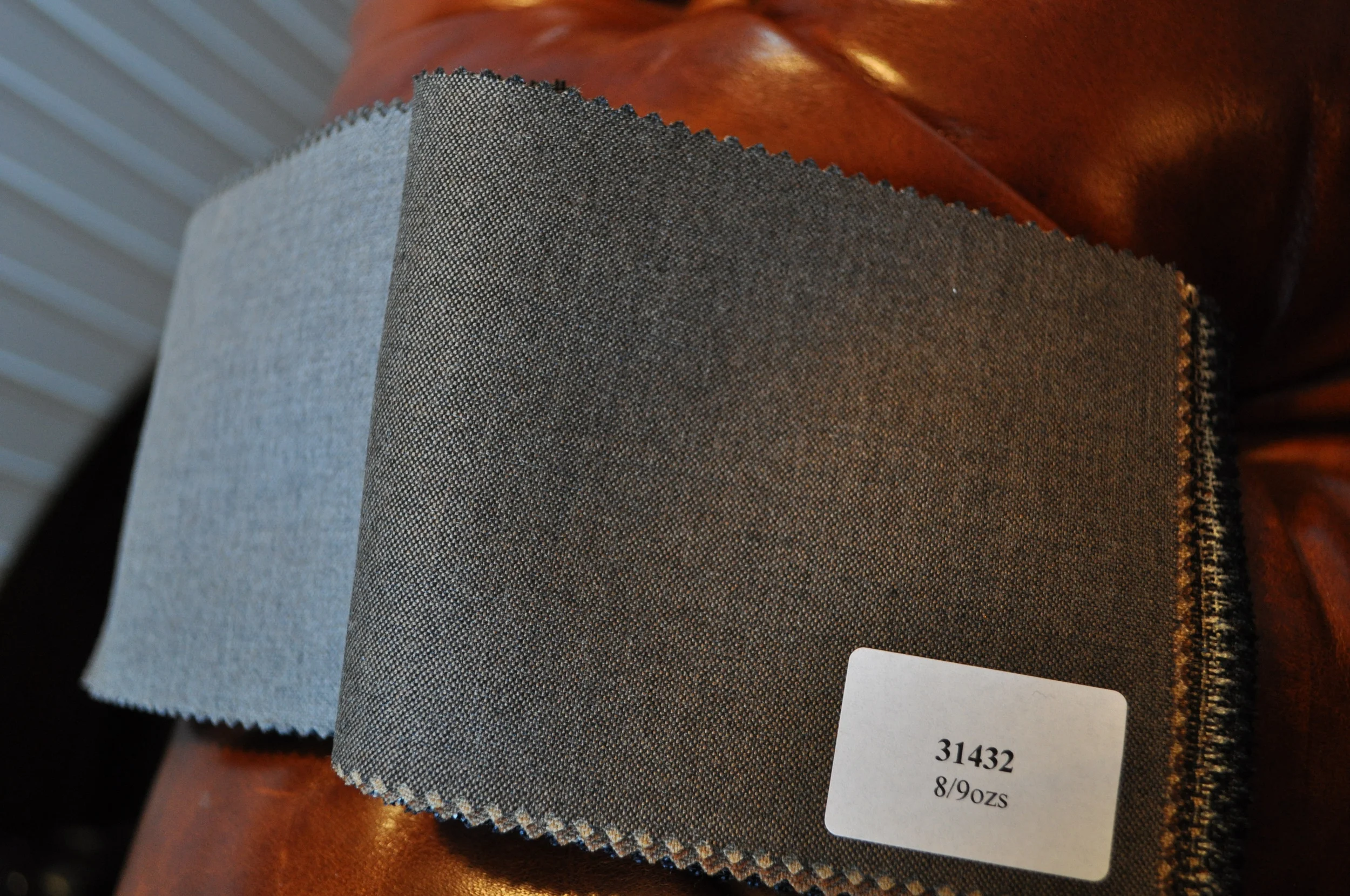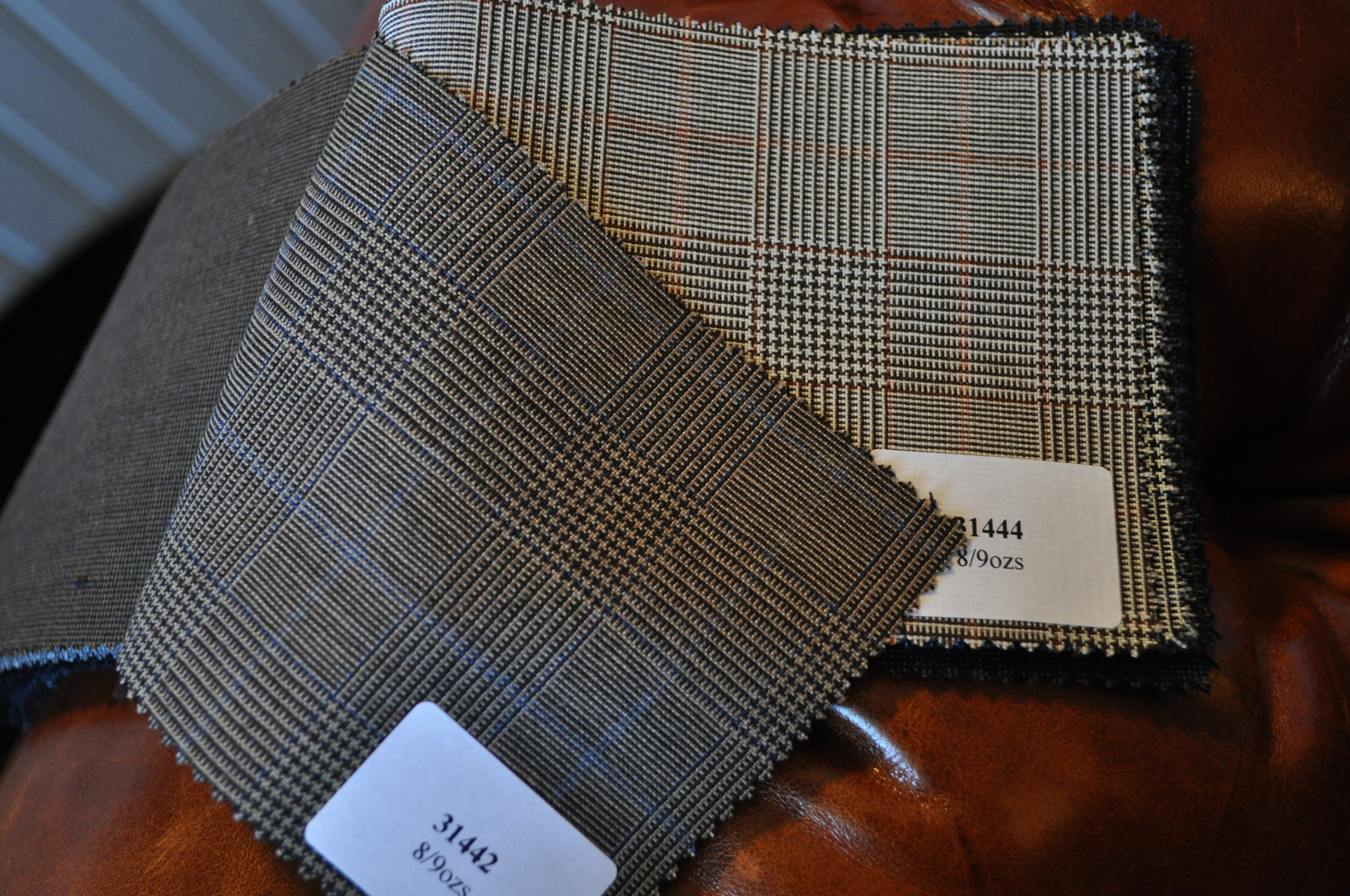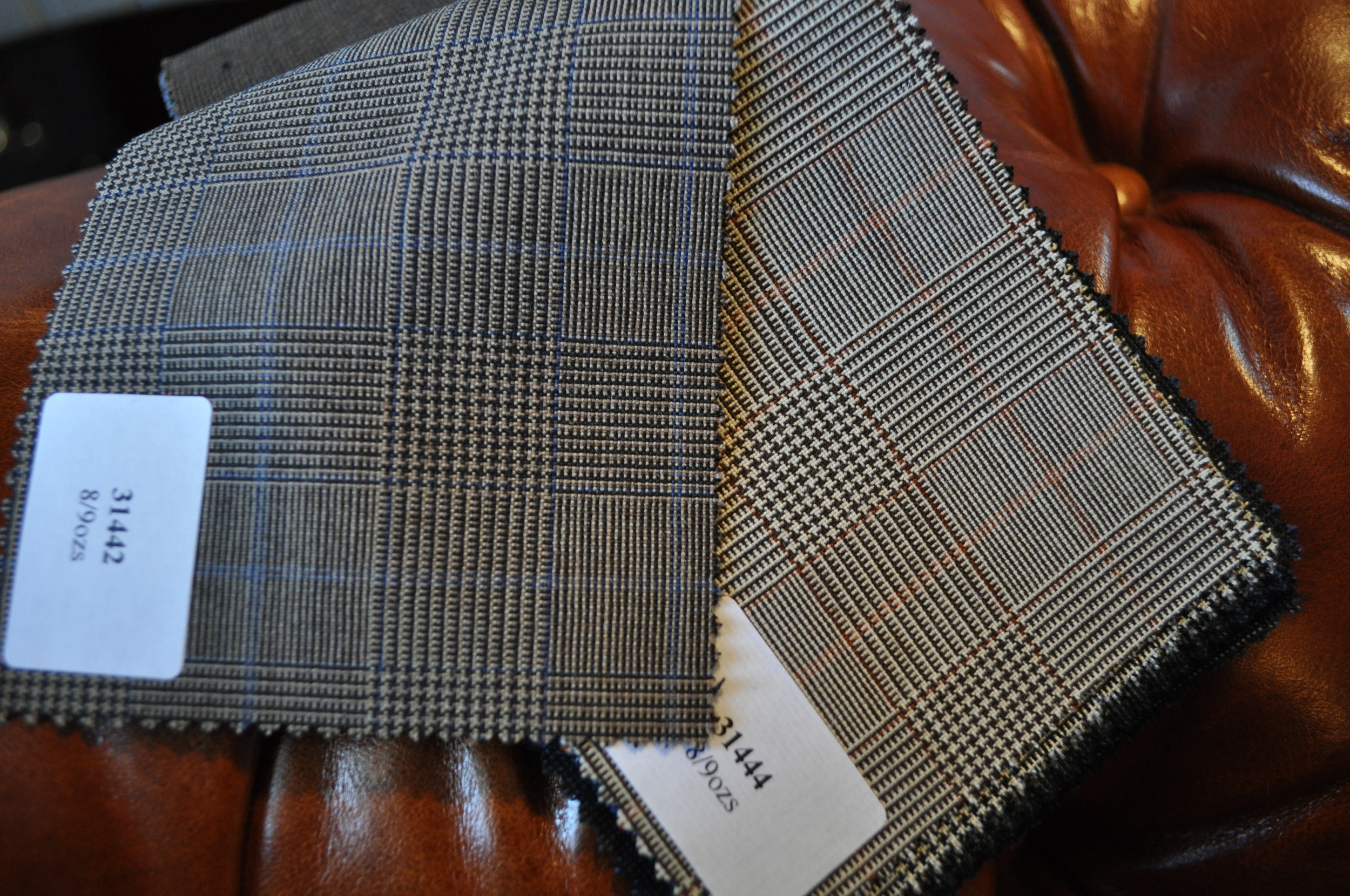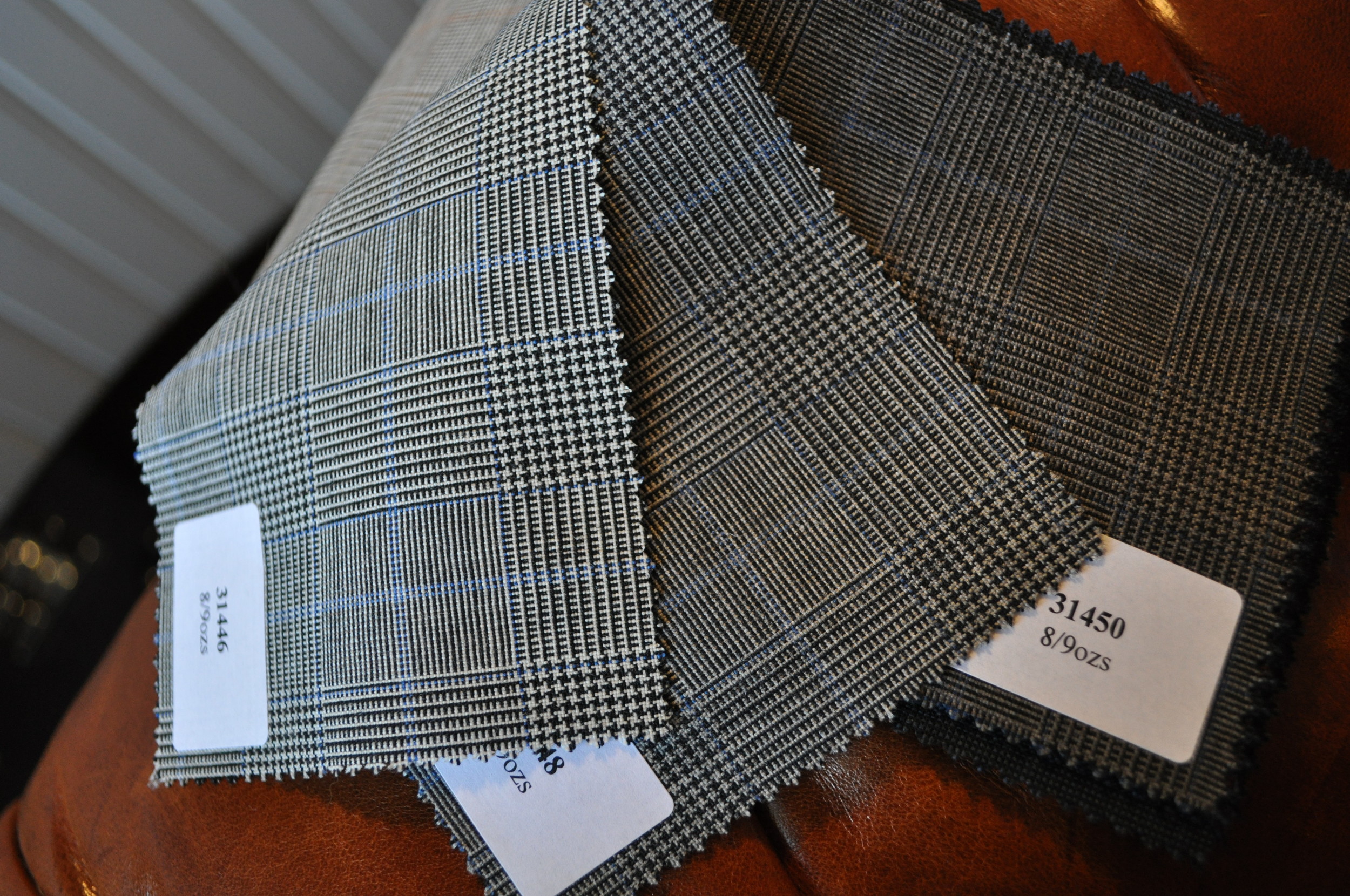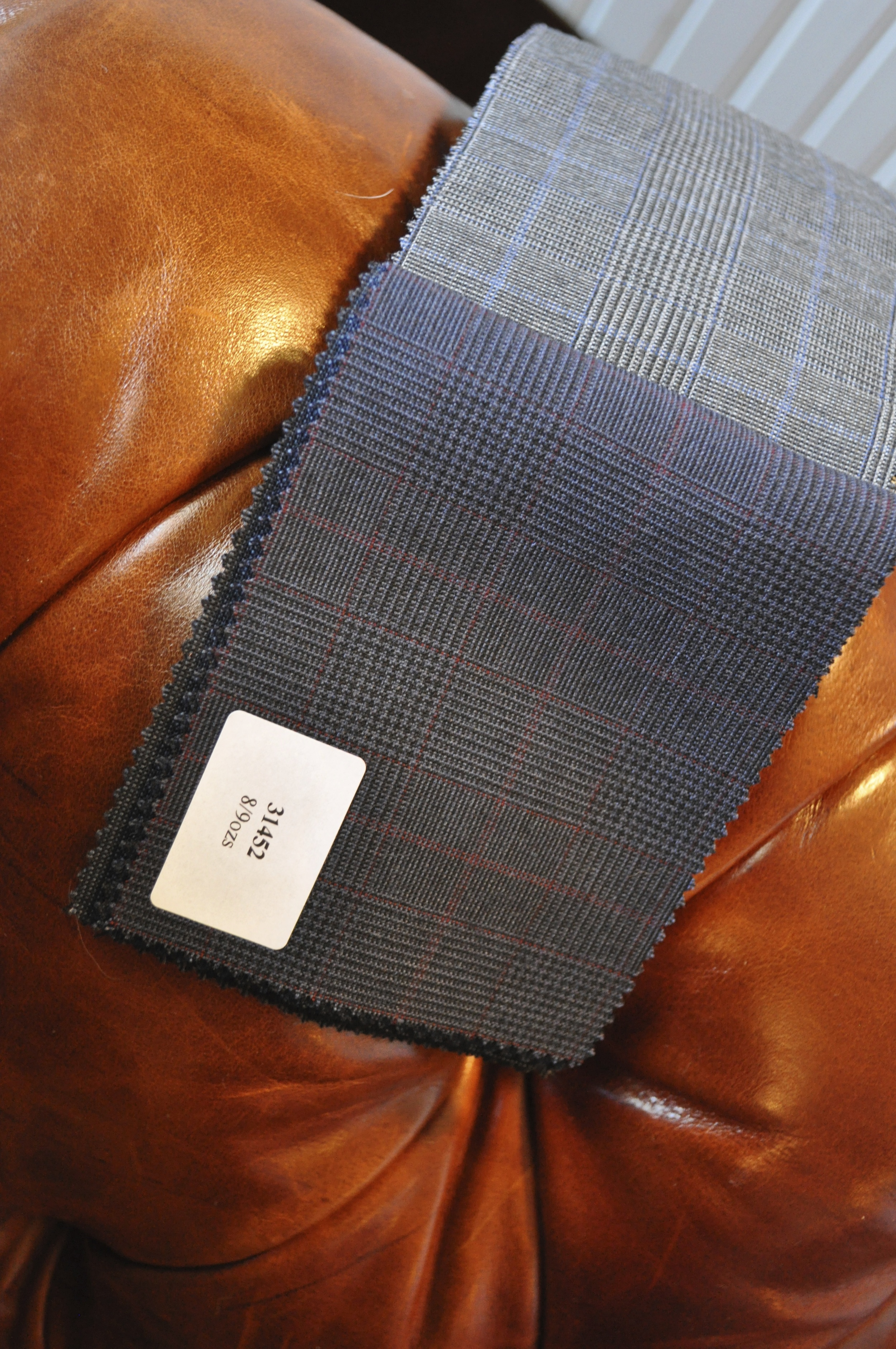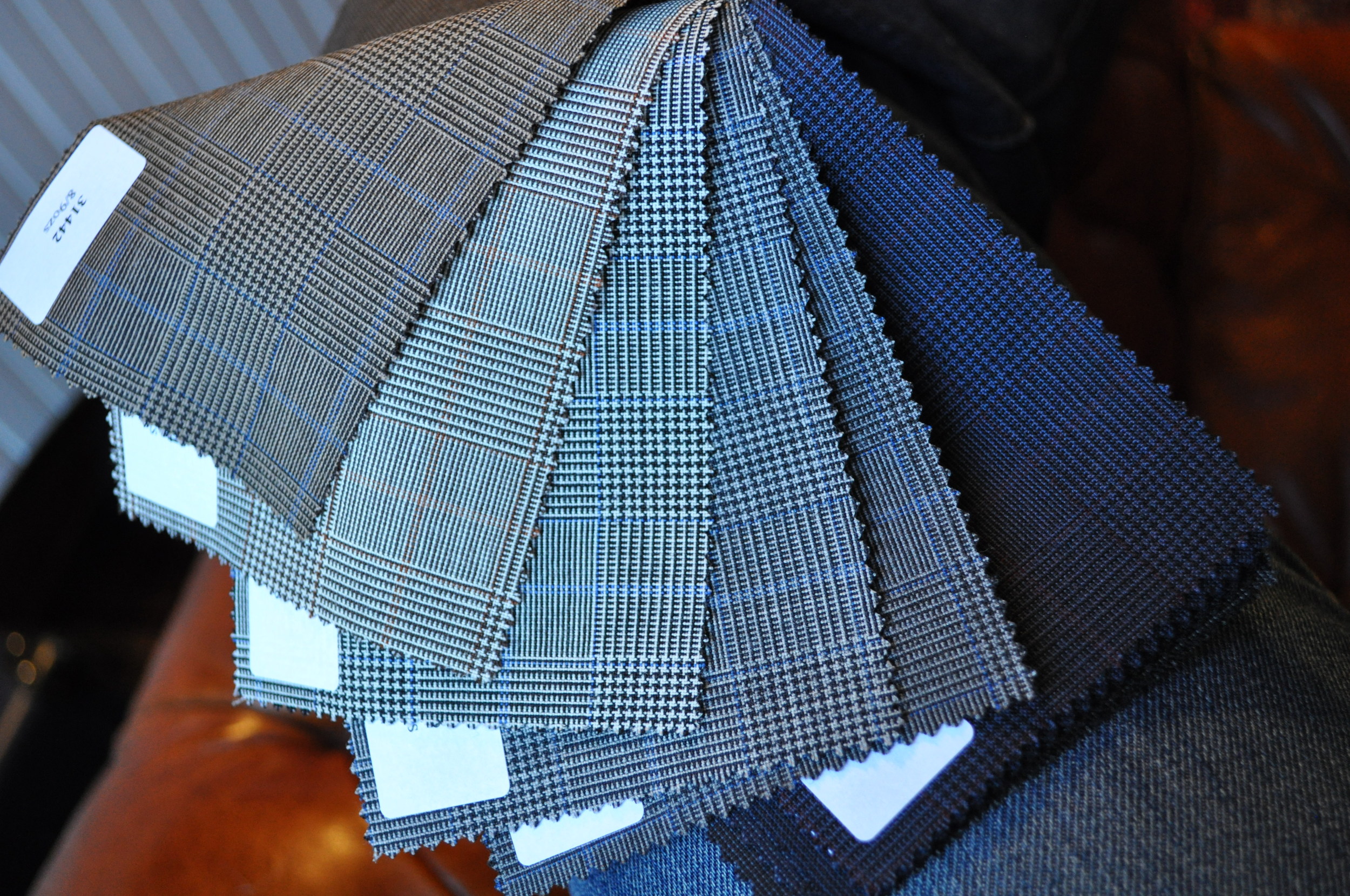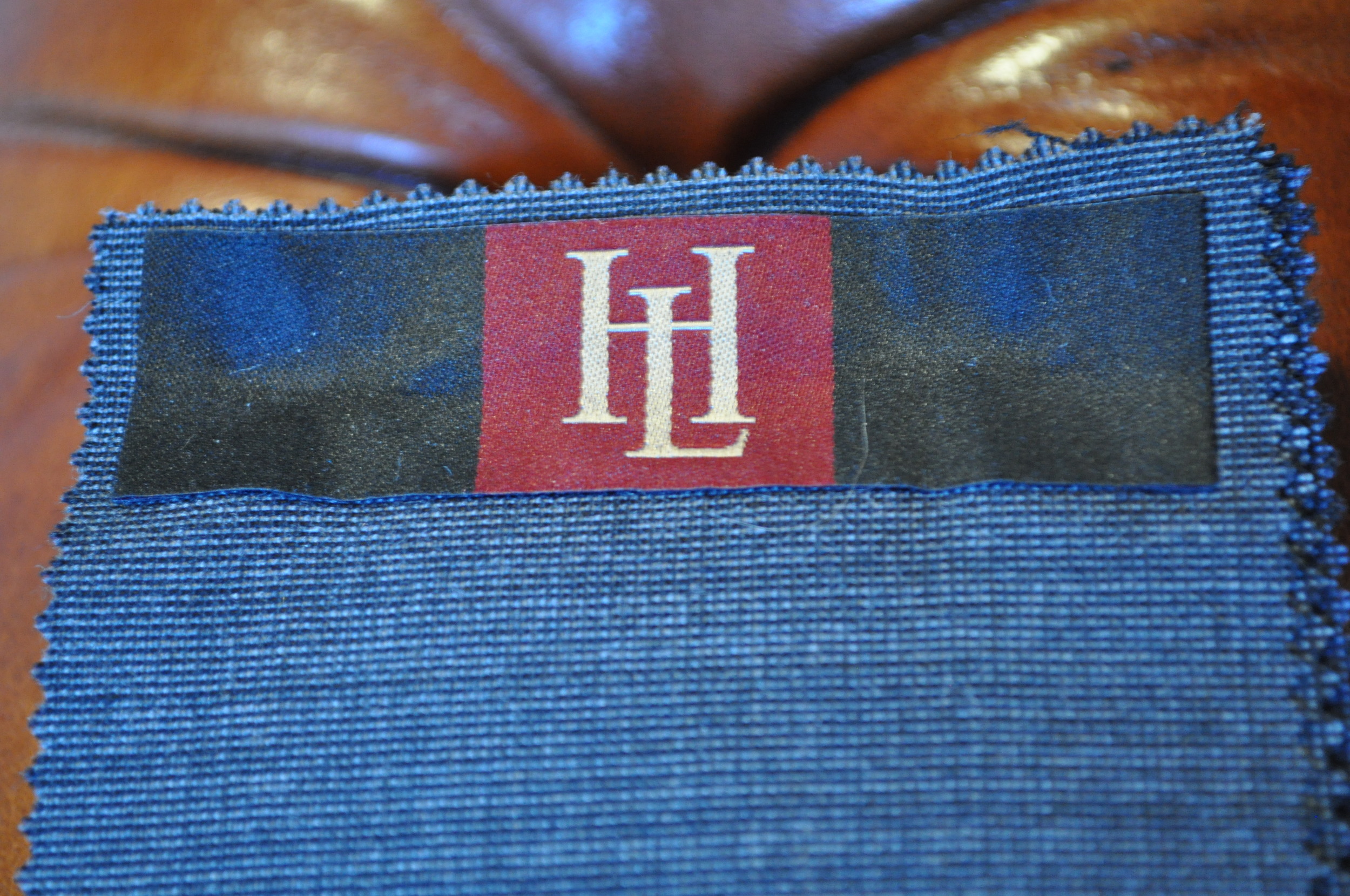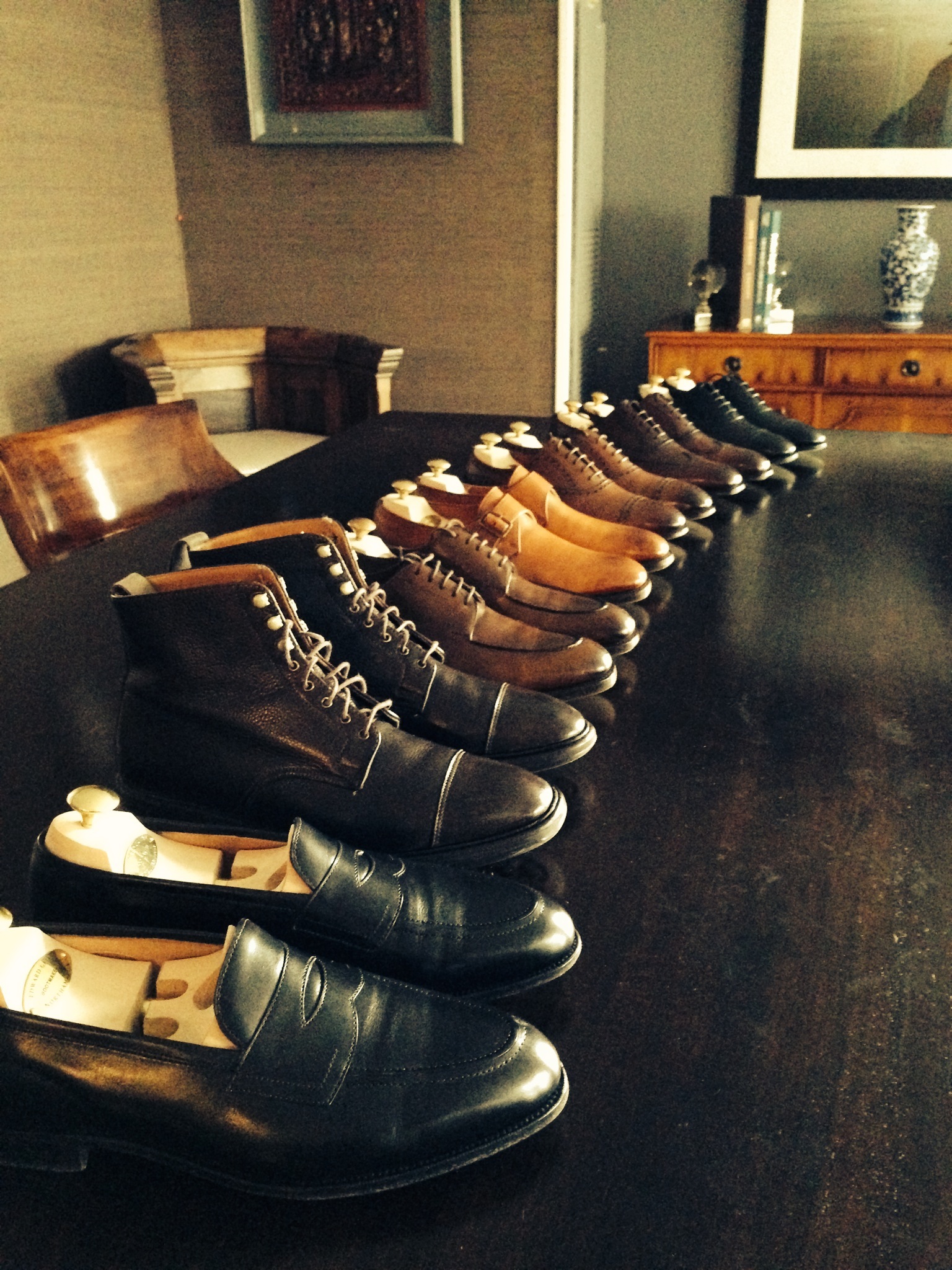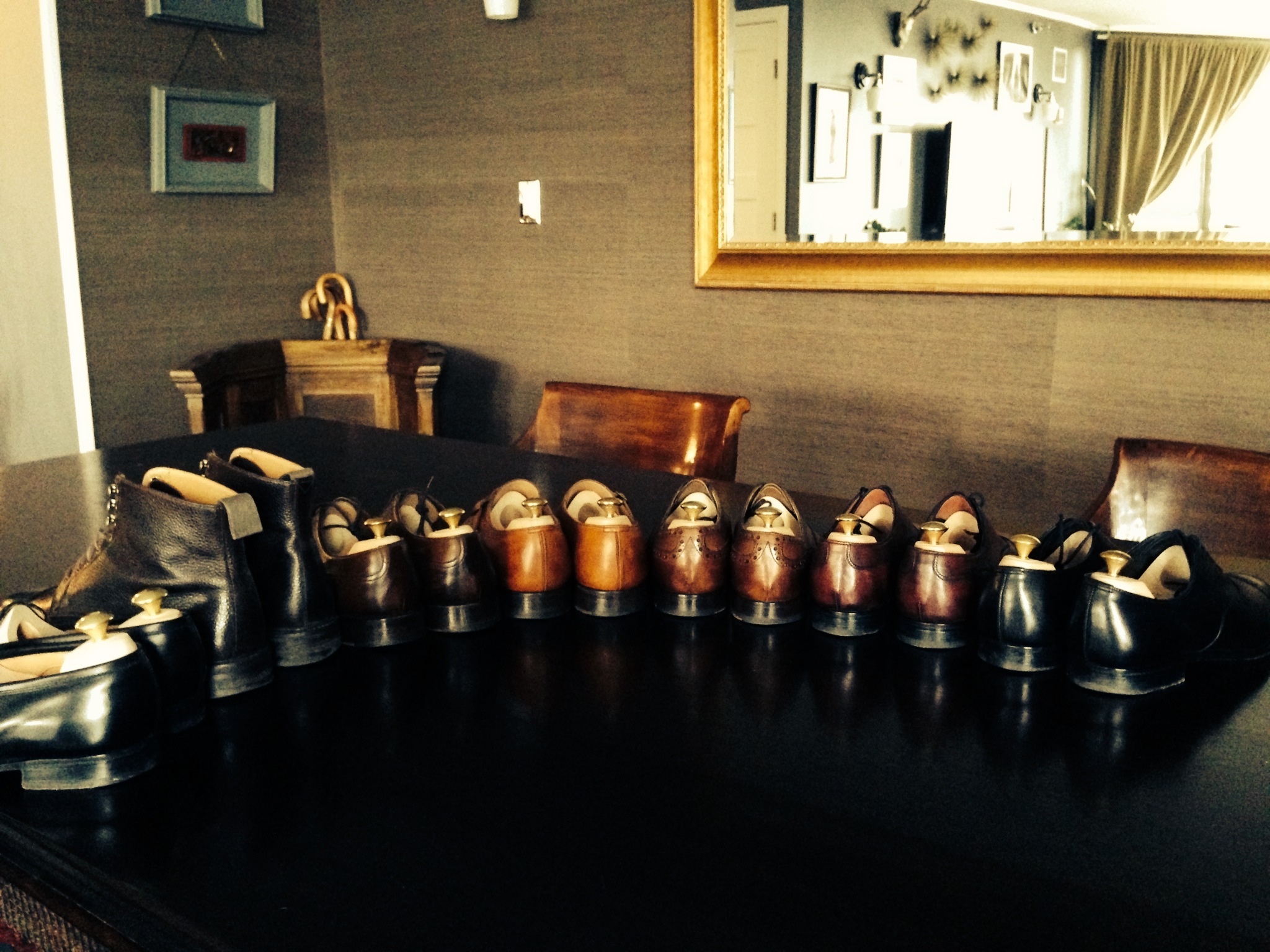Special Sauce
The resulting emulsion should be a pale yellow, and have some body, not unlike eggs that have been whipped with some cream.
Of the impressive savory pies and luxurious roasts, the sumptuous brunch spreads and late-night feasts, a single culinary element consistently emerges as the most appreciated by friends and family: the humble vinaigrette. I won over my mother-in-law in what must be record time with a vinaigrette. She uses it still. A text message common on my phone: …hey wats that dressing u do w/mustard and stuff?? thx. This might harmlessly come from a friend or associate; unhappily, a similar text has also disturbed the night authored by a pre-marital girlfriend. One wonders: what sort of allure does vinaigrette possess that would compel someone to violate a strict cultural code?
My mother put a salad on the table every night alongside whatever main dish she served. Over time I adjusted her vinaigrette, stripping the recipe down to its essentials. It is emulsified, but not a fussy, unstable thing. Rather the various elements come together easily as if under their own will. Perhaps they do; mustard, a key component, has a magical property that encourages emulsification. Some people like to whisk the ingredients together in the bottom of the salad bowl. This is fine, but I much prefer to prepare vinaigrette in a jam jar. Add the ingredients, tightly close the lid, shake vigorously. Any leftover vinaigrette will keep in the jar for two days.
Actually, leftover vinaigrette is a good sign; it means you have been judicious in administering it. Few things ruin a salad like overdressing. As is often the case, the simpler the food, the more important the technique. Here’s how I do it: in a large stainless bowl add your salad greens, vegetables or other ingredients; drizzle over prepared vinaigrette (keeping in mind you cannot subtract once added); using tongs or a clean hand gently fold the salad over on itself until all components are lightly coated in vinaigrette; plate.
A word on substitution. Even the best pantries occasionally run dry of common ingredients. Whereas I might discourage wanton experimentation, substitution is usually fine, and often necessary. Swapping certain ingredients might change the lovely balance of your vinaigrette so learning how to accommodate is crucial. Olive oil has the best flavor, but neutral oils like canola might be preferred if delicacy is the aim. Nut oils are potent and should be added in drops. Vinegars can be more difficult. White wine vinegar has the yeasty, fruity acid best suited for vinaigrette, but others can work. Apple Cider vinegar is delicious and doesn’t upset the harmony, but balsamic is much sweeter and can produce a cloying result unless you reduce the sugar. Honey can be used in place of sugar, but it will produce a thicker vinaigrette (it too is a magical emulsifier).
I always feel something is missing from a meal that doesn’t open with salad. I think it’s the vinaigrette, which functions as a sort of edible aperitif, bracing the palate with acid and sweetness and some savory backbone. But the consistency has something to do with it too. A good vinaigrette coats the salad, but also your mouth, persisting to the next course. Getting that consistency right is critical. Water seems a throwaway ingredient in the recipe below; it’s perhaps the most important, fine-tuning that toothsome, lingering state. When done correctly, a good vinaigrette is hard to forget. I assume no responsibility, though, if an ex stalks you for the recipe.
Vinaigrette:
Dijon Mustard: 1 Tbsp
Cold Water: 1 Tbsp
White Wine Vinegar: 2 Tbsp
Olive Oil: 6-8 Tbsp
Grated Shallot: 1/2 tsp.
Sugar: 1/2 tsp.
Pinch of salt, pepper
Lightly dressed baby arugula (rocket) is difficult to top as a first course or side dish.


















